Review
Our Superb Estate has lived up to its name during its time on our long-term test fleet, taking everything we threw at it in its stride.
As the entry-level powertrain, the 1.5 TSI has proven capable and efficient even if it’s not the most company-car-tax-friendly choice.
There are still plenty of drivers and fleets opting for petrol cars over plug-in versions, however. Usually because they’re cheaper to buy or lease.
During our time with the car it has returned 45.9mpg. On multiple occasions, usually on longer trips, we’ve managed more than 50. It’s mainly lower speed, urban, trips that net lower efficiency.
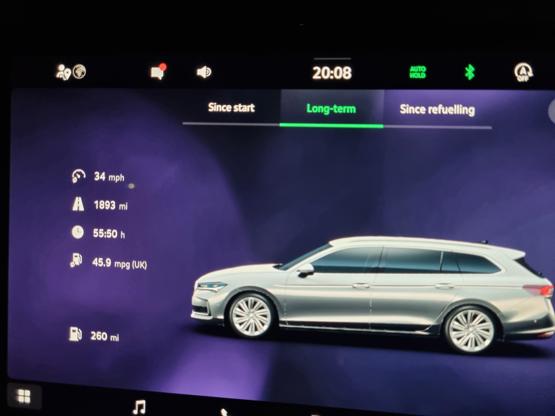
The Superb remains excellent value for money – it costs less than the equivalent VW Passat and is far cheaper than its other rivals, which are all in the premium segment.
If you need a spacious car that’s also great for long-distance travel, then the Superb fits the bill perfectly.
The seats are comfortable and supportive, with wide bases. From the smallest to the largest, drivers should have no bother finding a comfortable position.
Despite a large footprint, the Superb is simple enough to manoeuvre in car parks and around town. But it’s most at home on motorways, where road and wind noise are minimal. The suspension absorbs the majority of bumps in a cosseting way, although we did find the ride at low speeds a tad firmer than we were expecting. The upshot is better stability and body control.
Skoda’s infotainment system is easy to use and includes the all-important wireless Apple Carplay and Android Auto. You can customise the home screen tiles and the quick-access icons along the top of the screen, to suit your preferences.
It pairs with the digital instrument cluster, which can, again, be customised to show a wide range of information from trip computer to navigation map.
While our journey with this Superb has finished, we’re about to start a new one with the plug-in hybrid version – so keep an eye out for updates on that car soon.
Simply clever, simply affordable
Since the launch of the first modern generation Superb in 2001, Skoda has been adding ‘Simply Clever’ convenience touches, such as the umbrella hidden in the driver’s door and ice scraper in the fuel lid – two of the original features.
New innovations for the fourth-generation Superb include customisable Smart Dials, a screen-cleaner block, a cooling function for the wireless charging pad to prevent your smartphone from overheating – something that occurs frequently in other models – an electric sliding parcel shelf and height adjustable boot floor.
The gear selector has also moved to the steering column, similar to Audi and Volkswagen electric models, as the Superb is strictly automatic now. This frees up space in the centre console for more storage.
Although the Superb is a big petrol car, it is pretty efficient. We've averaged 45mpg over a couple of weeks that included a lot of motorway driving with four adults and a brimmed boot.
Other journeys saw fuel consumption top 50mpg, bang on the official WLTP figure (we’ve previously found Skoda’s to be pretty good at achieving the paper numbers).
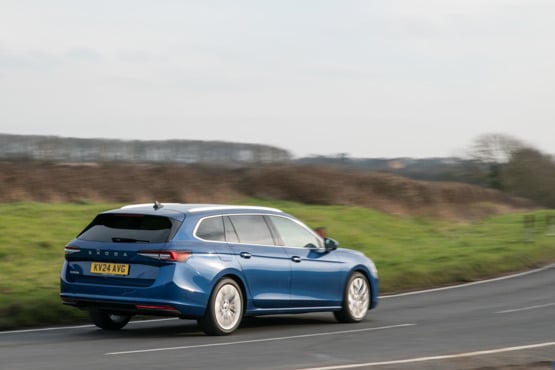
While our Superb is the least powerful model available, it still packs a punch. The 1.5-litre engine is gutsy enough, if a little noisy at higher revs. The mild hybrid systems allows for engine-off coasting and provides a small power boost, but the car doesn't have any zero-emission capability.
Still, with CO2 emissions of 127g/km, the company car tax position isn't prohibative. It attracts a 31% benefit-in-kind rate, in the 2025/26 tax year. For a 20% taxayer that means monthly bills of £208. While that's quite a lot more than an electric or plug-in hybrid model, there's simply not much choice if you need a car this big at a low price point. The BMW i5 Touring, for example, starts at £20,000 more.
For fleet operators, the Superb's running costs are also attractive. According to Cap data in the Fleet News Running Cost Calculator, our model would cost 51p per mile over a four-year (80,000-mile) cycle. The afforementioned i5 runs at 67ppm.
Safety systems too eager
Am I a terrible driver? The Skoda Superb seems to think so.
Over three weeks, the crash alert warning sounded more than 20 times, and the emergency braking activated (at low speeds) five times, both forward and reverse.
At no time was I in any danger of actually hitting anything.
Approach a slower moving car (slower by perhaps a couple of miles per hour) and lift off the accelerator to allow your own speed to drop naturally into line, and the visual/audible warning will almost inevitably be triggered.
It’s especially susceptible when vehicles are turning off, even when they are 20 metres or so ahead.
The Superb is also underwhelmed by my ability to hold the correct line through a corner with an over-zealous lane keeping function (particularly when compared to models from Audi and Volkswagen stablemates) frequently tugging at the steering wheel.
On one occasion, as a system test when I could see a clear road across the bend, I didn’t fight the steering intervention, and it pushed the car into the opposite lane!
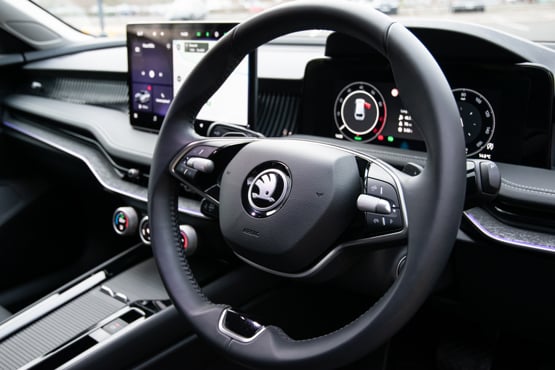
Thankfully, Skoda has it made it pretty easy to switch off the lane assist using a button on the steering wheel or by tapping a 'quick access' icon at the top of the infotainment screen. You can also do the same for the speed limit assist system, should you desire.
Putting those negativities to one side, the Superb was a six-time winner of the now defunct upper medium car of the year category at the Fleet News Awards (2016-2021), and the fourth-generation model launched last year continues that excellent form: it is outstanding.
Roomy, easy to drive, good infotainment system via the 13-inch touchscreen display (plus the welcome addition of ‘old school’ chunky buttons for the climate control functions), the Superb is a true family car offering space and comfort in equal measure.
It is the virtual hallmark of comfort and practicality. The estate has a cavernous boot of 690 litres (1,920 with the rear seats folded) with masses of headroom and legroom for front and rear seat passengers. The split-opening armrest gives access to the ‘Jumbo Box’ with 5.5 litres of storage.
Skoda Superb 1.5 TSI SE L Estate joins our fleet
No car brand has managed quite the re-invention that Skoda has. In fact, the thought of making jokes about Skoda now would seem… well, a joke.
One car that has never been a joke is the Skoda Superb. It has been the brand’s flagship model since 2001 and while its name may have seemed a little arrogant back then, the car has certainly lived up to it.
Numerous Fleet News awards over the years have recognised that the Skoda Superb really is Superb.
“Skoda’s are just re-badged Volkswagens”, you’ll hear people say. And while that’s loosely true – quite a lot more design and engineering work goes into each model, I’d imagine Skoda would say – in the case of the latest Superb it’s not actually true at all.
The new Superb is a Skoda from the ground up. In fact, Volkswagen actually came to Skoda and asked it to develop the new Passat, based on the Superb.
So, in a world where Volkswagens are rebadged Skodas, what is the new Superb actually like? That’s what we’re planning to find out with this long-term test. And it’s going to be split into two parts.
First up we’re running this 1.5 TSI car, which is to be followed by a more user-chooser friendly plug-in hybrid.
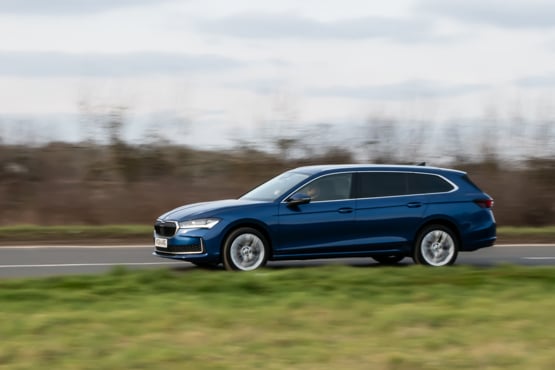
The Superb has historically been a key model in the job need segment, where a low list price and long-distance capability have been paramount.
That’s why, historically, it’s the petrol and diesel models that have been the biggest sellers in the true fleet market, rather than the plug-in hybrid.
The Superb Estate comes in four trim levels, with the entry-level SE Technology costing £36,995. Specification levels are generous, with all-round parking sensors, adaptive cruise control and heated front seats all coming as standard. You can also have a hatchback, for a saving of £1,300.
We’ve opted for the SE L, the second grade in the line-up, costing a little more than £40,000. For that you get leather upholstery, LED matrix lights, keyless entry and ventilated front seats.
The 1.5-litre TSI e-TEC petrol engine incorporates mild hybrid technology. It has a power output of 150PS and emits 126g/km of CO2.
Cobalt Blue paint was selected, at a cost of £680, and that’s it. The standard kit is so impressive we didn’t feel the need to add anything extra.
While there’s plenty of equipment on board, the main thing you get with the Superb is space. It gigantic. The car’s footprint is similar to that of large executive models, like the Mercedes E-Class Estate, but pricing is significantly less.
And based on our first impressions, the ride and refinement on board the Superb is not far off that of its premium challengers.
Author:
Fleet News
Specs
| Manufacturer | Skoda |
| Model | Superb Estate |
| Specification | Skoda Superb Estate 1.5 TSI e-TEC SE L 5dr DSG |
| Model Year | 2025.00 |
| Annual VED (Road tax) | £440 |
| BIK List Price | £40,085 |
| CO2 | 125g/km |
| BIK Percentage | 31% |
| Insurance Group | N/A |
| CC | 1,498 |
| Fuel Type | Petrol |
| Vehicle Type | Large car |
| Luggage capacity (Seats up) | 690litres |
| Doors | 5 |
Running Costs
| P11D | £40,085 |
| Cost per mile | 56.72ppm |
| Residual value | £15,700 |
| Insurance group | N/A |
| Fuel Type | Petrol |
| Cost per mile | 162.76ppm |
| Fuel | 12.46ppm |
| Depreciation | 147.90ppm |
| Service maintenance and repair | 2.40ppm |
Rivals
Info at a glance
-
P11D Price
£40,085
-
MPG
50.7 (WLTP) -
CO2 Emissions
125g/km -
BIK %
31% -
Running cost
3 Year 60k : £15,700 4 Year 80k : £12,175 -
Fuel Type
Petrol

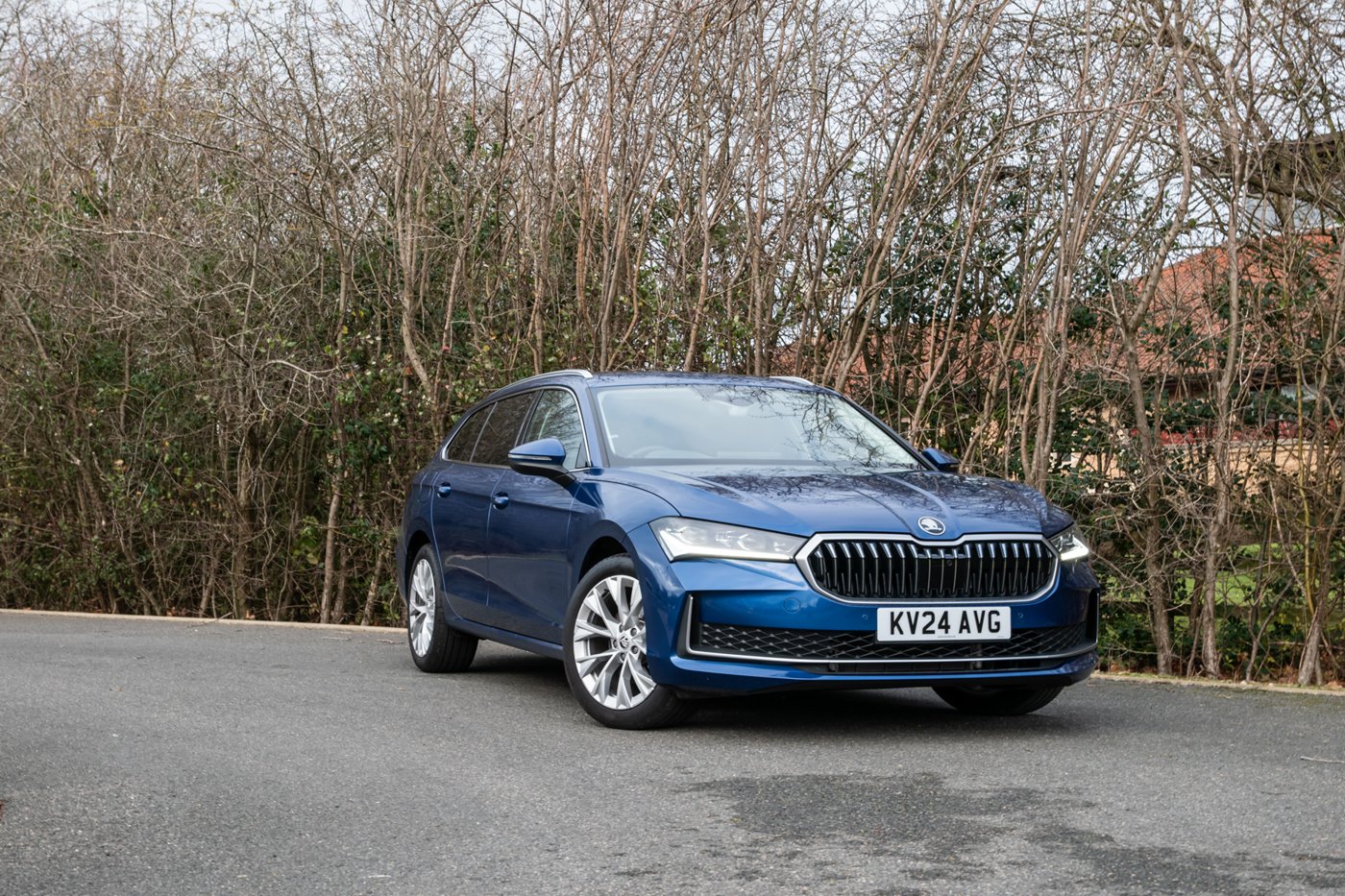
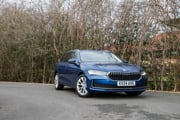
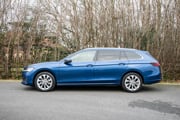
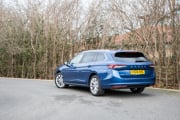
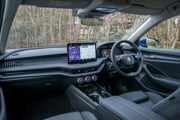
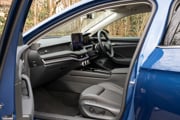
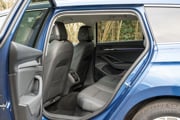
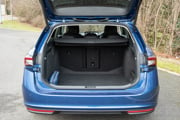
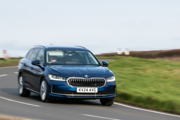
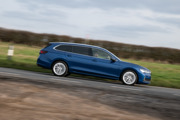
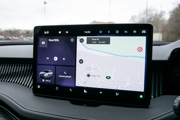
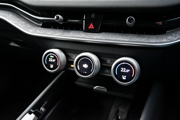
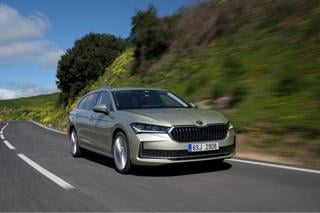
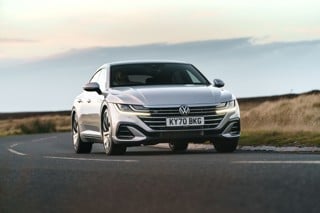
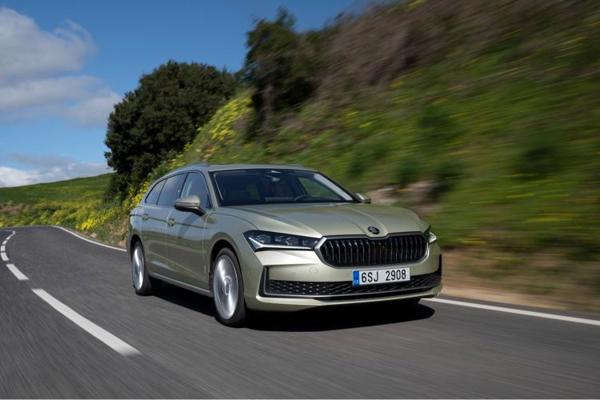
 Petrol
Petrol
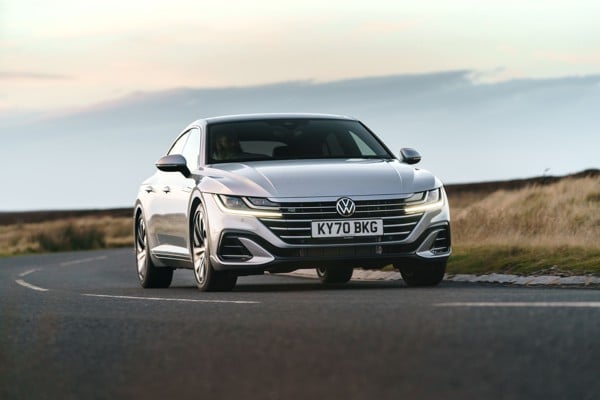
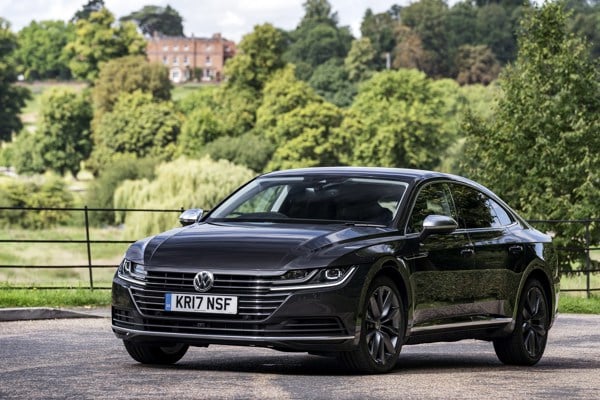
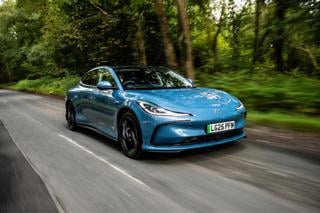
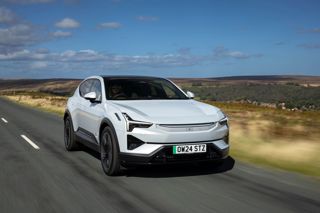
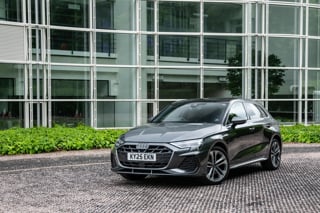
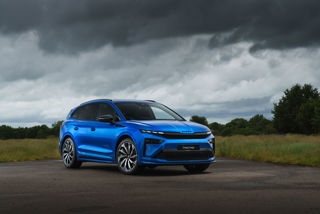
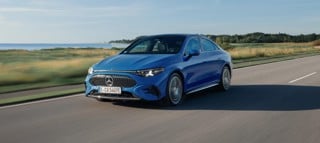




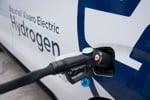
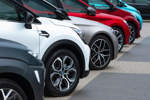
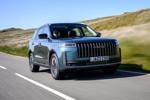





Login to comment
Comments
No comments have been made yet.